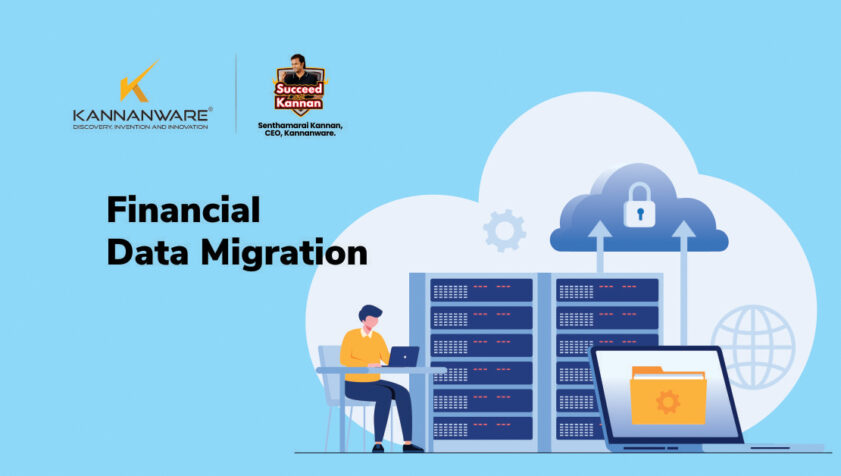To do well in a fast-changing and tough market, enterprises need to handle and use their fiscal information well. But, as businesses evolve and use new technology, it’s more important to move financial data around. Data migration can make things faster, easier, and more usable; yet it also comes with a lot of potential problems that need careful planning and action to avoid.
Demystifying Financial Data Migration
The exercise is complicated and needs to be done carefully to make sure all the important financial info gets to the right place without getting messed up or stolen. It’s super important to keep track of financial data accurately. It’s all about making sure the data is accurate when you move it from one place to another.
The Imperatives of Fiscal Data Migration
The process of finding out potential problems when moving financial data Losing or messing up important financial data is a big risk when moving data. If you don’t have good ways to check your data, if your computer or system breaks, or if you lose your data, you could end up with wrong numbers, mess up your money, or stop your work. Hackers, snoopers, or weak security can cause data leaks, which can harm privacy, and make schools and colleges pay fines and face lawsuits. If you don’t plan and do data migration right, it can mess up your normal business cycle.
Enterprises, small, medium and big, have to follow a lot of rules and laws about how they handle and protect data and privacy. If you don’t follow the rules when moving data, you can get in big trouble, lose money, and damage your reputation.
Risk Mitigation Mechanism
Mapping and transforming data from old systems to new ones is hard because the data is different in how its organized, stored and understood. Make sure you check for any possible problems, dangers, and consequences that could happen when you move your data. Make a plan to handle risks by identifying what could go wrong, how to deal with it, and what to do to prevent it. Your data needs to be checked and cleaned up before you move it to the new system. Use tools to check if the data is correct, make sure it follows the rules, and measure how good it is.
Strong Security: Make sure to use strong security measures, like encryption, access controls, and intrusion detection systems, to protect financial data while moving it. Make sure to check on the system often and keep an eye out for any suspicious activity to catch and fix security problems quickly.
Regulatory Compliance Framework: Follow the rules and regulations that apply to moving financial data, like GDPR, CCPA, or industry-specific standards. Work with the lawyers and the rules people to make sure you follow the data privacy, security, and retention stuff.
Talk to everyone involved: Make sure IT, business, regulators, and customers are all on the same page and working together during the data move. The best way to make sure people can use new stuff is to teach them how to do it and help them out.
The Bottom Line
Moving financial data offers big benefits but also has many risks. To gain from it, companies must plan well, manage risks, and take steps to prevent issues. They should focus on data quality, safety, law compliance, and keeping all involved parties in the loop. With care, businesses can efficiently handle the data movement and make the most of their data. If you too are an enterprise looking for optimum data migration solutions, then talk to the experts at Kannanware.







